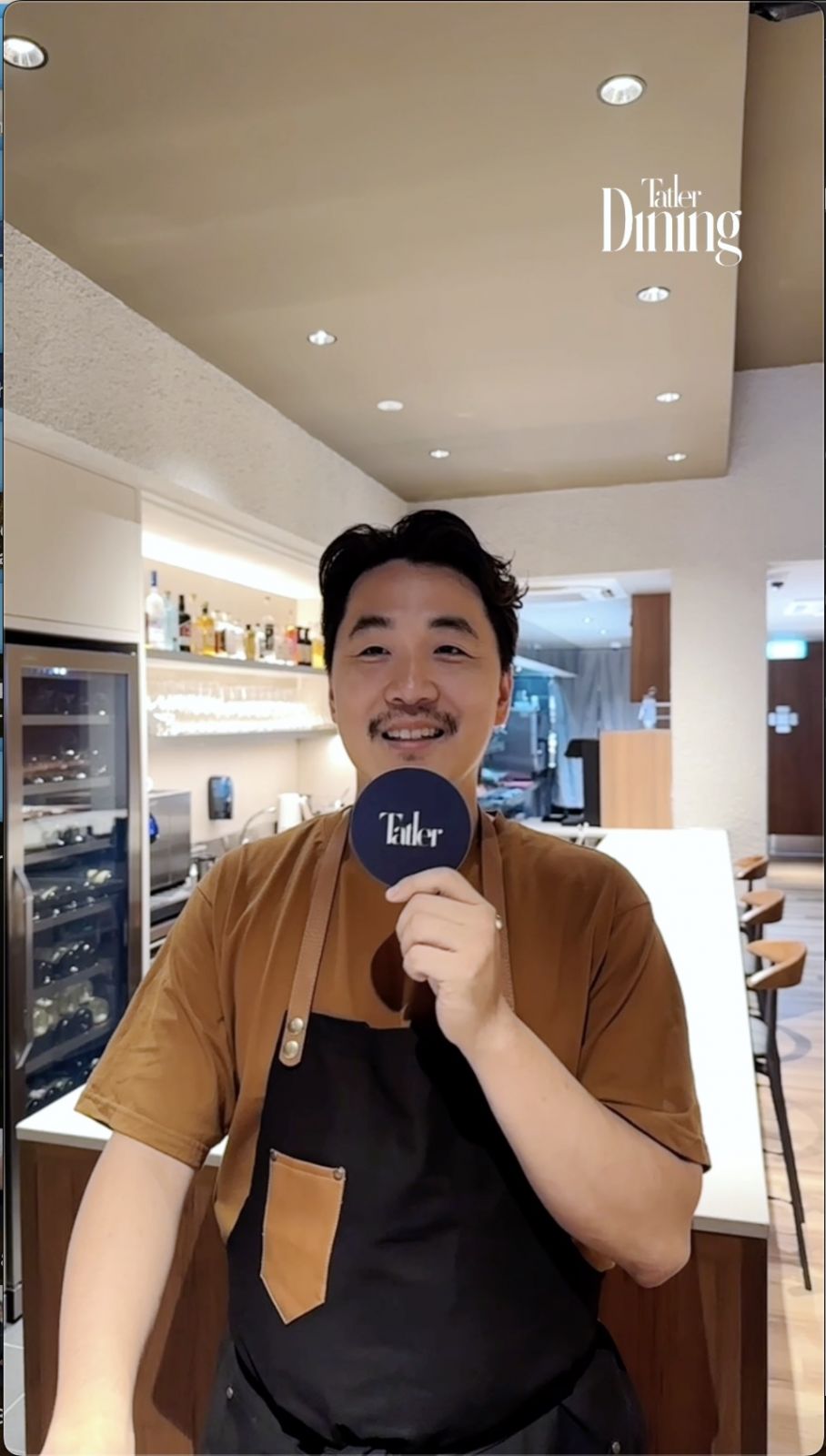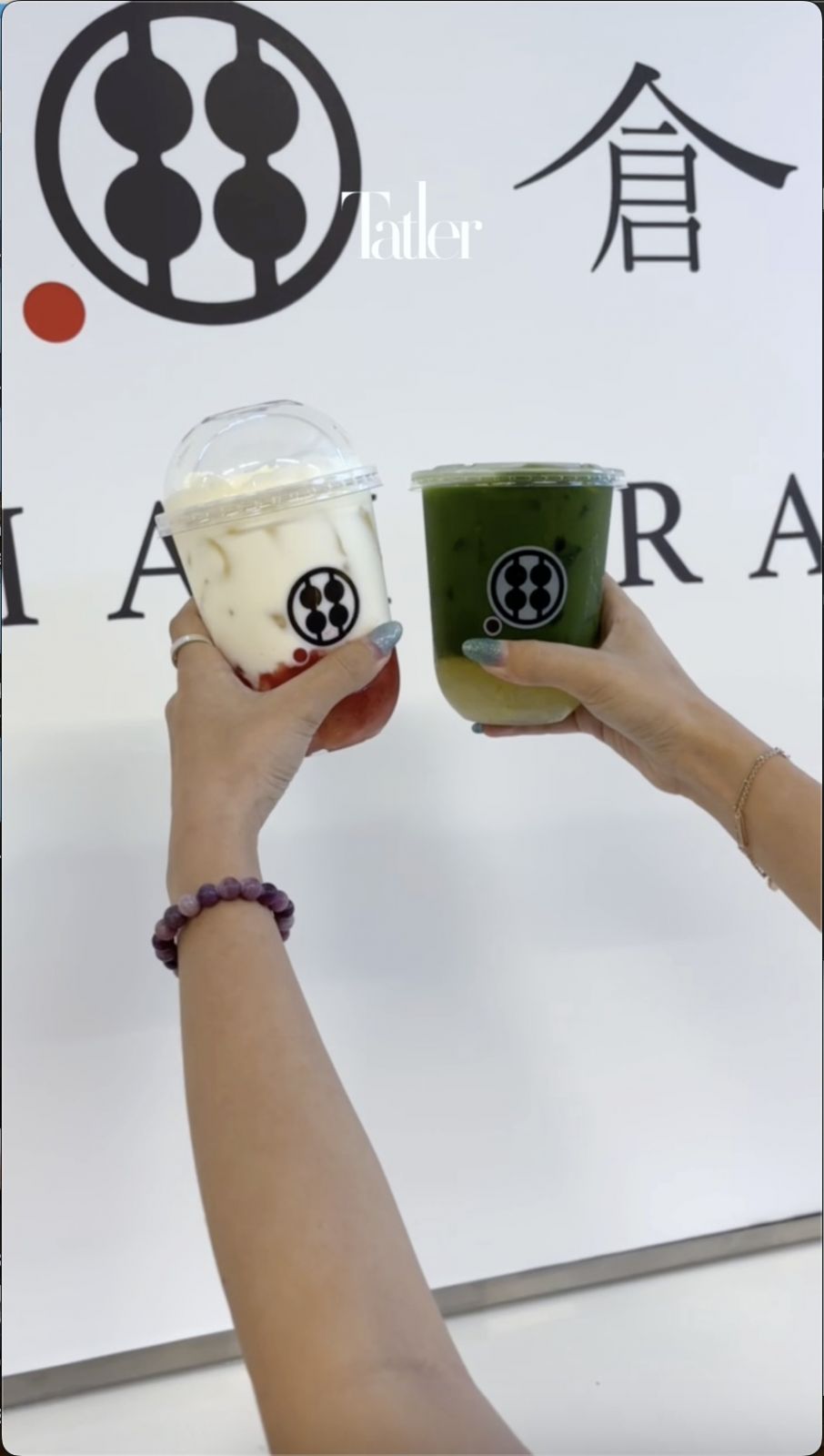Blackpink may be the revolution, but these 24-hour Korean establishments have become iconic lifestyle destinations
There’s literally one Korean convenience store on nearly every corner in Seoul and that’s because they evolved far beyond their original purpose of providing daily necessities. These humble stores offer an extensive range of products and services, from parcel collection and bill payments to freshly brewed coffee and to-go meals complete with a cooking station and eat-in spaces.
By the end of 2023, there were more than 55,200 convenience stores in South Korea, according to the Korea Convenience Store Industry Association.
Read more: Inside Korea’s street food scene: A journey through time and taste
Korean convenience stores are often spotted in Korean dramas be it in an in-store setting or the background such as The Heirs, The Glory, It's Okay to Not Be Okay, Encounter, My ID is Gangnam Beauty, Backstreet Rookie, Heartbeat, Queen of Tears, Vincenzo, Squid Game… the list goes on. Stores like GS25, CU, and emart24 are a staple in everyday living in South Korea and there’s no reservation needed at these quintessential one-stop 24-hour dining spots.
Korean convenience stores have also become incubators for food innovation. In March 2023, CU launched a collaboration with veteran restaurateur and celebrity chef Baek Jong-won called “Baek’s Recipe” (백종원의 레시피), which introduced gourmet ready-meals that rival restaurant quality. These convenience store versions of his popular recipes included tteokbokki (spicy rice cakes) and other Korean dishes.
See also: 'Culinary Class Wars' brings back the heat for Season 2
CU also rolled out 13 types of food and beverage products in collaboration with Paris 2024 Summer Olympics’ record-breaking South Korean sharpshooter Kim Ye-ji. The products include sangak gimbap (rice wrapped in dried laver seaweed), chicken breast sausage, coffee, packaged fruits, and dietary supplements. The collaboration goes beyond retail, with CU pledging to donate a portion of the profits to the Korea Shooting Federation to support developing sports with less mainstream recognition.














